Introduction
Soap RPG Framework is a lightweight, modular framework that takes a different approach compared to other RPG solutions. While many existing frameworks offer comprehensive, pre-built systems, they often come with steep learning curves and rigid structures that can limit your creative freedom. Soap RPG Framework instead focuses on providing a clean, flexible foundation that you can shape to your exact needs.
Key advantages:
- Modular Architecture: Pay just for what you need. Soap RPG Framework serves as the foundation, with additional packages building upon it to extend functionality in a modular way.
- True Flexibility: Unlike more rigid frameworks, Soap RPG Framework defines only essential concepts, letting you model any game system without being constrained by pre-made assumptions. The limitations are minimal.
- Gentle Learning Curve: Start creating immediately with intuitive, inspector-driven workflows, avoiding the complexity of larger frameworks.
- 100% Inspector-Driven: Make changes and balance your game without touching code. Game designers can tweak values through ScriptableObjects in real-time, even during play mode, without needing recompilation. This also enables rapid testing and debugging by allowing instant value adjustments.
- Minimal Lock-in: The framework's lightweight nature means you're never locked into specific game design patterns.
Whether you're creating a traditional RPG, a roguelike/roguelite, an MMO, or even a game with unique mechanics, Soap RPG Framework adapts to your needs without forcing you into predetermined patterns. It provides essential building blocks for managing attributes, statistics, levels, and classes, along with powerful systems for controlling stat growth through customizable formulas, handling game events, and implementing scaling calculations. This lets you focus on the creative aspects of game development while having precise control over how your game elements evolve and interact.
Vocabulary of Soap RPG Framework
The package is developed around the concept of entity, so let's clarify what we mean by this term in the context of Soap RPG Framework. In its most minimal version, an entity is a GameObject that has a set of statistics. Optionally, an entity can have attributes, can level up, and can have a class.
Let's clarify what we mean by each mentioned term.
Statistics (Stat)
A statistic is a value that quantifies an aspect of the entity. The meaning of this aspect is solely due to the concept it refers to.
Examples
In an RPG, a statistic can be physical damage. The concept of physical damage refers the player to the amount of damage inflicted by physical attacks, whether with weapons or without. Other statistics can be ability power, defense, speed, armor penetration, range, etc.
Attributes
An attribute is a value that can influence the value of one or more statistics. The weight of its influence on the statistics can be variable.
Examples
In an RPG, attributes can be: strength, dexterity, intelligence, constitution, etc. Considering the previous example of statistics, strength could influence physical damage, dexterity would increase speed, intelligence would increase ability power, and constitution would increase defense.
Experience and Level
The entity can gain experience and level up. This functionality is used by the class to express how attributes and statistics grow with levels, for that particular class.
Class
The class is associated with a set of statistics and optionally a set of attributes. The class describes how statistics and attributes vary with levels.
Examples
In RPGs most common classes are: warrior, rogue, mage, paladin, and so on. These classes have different attribute values. For example, a warrior will have more strength and constitution than a mage. The rogue might have the highest dexterity, etc.
How is Soap RPG Framework organized and how does it work?
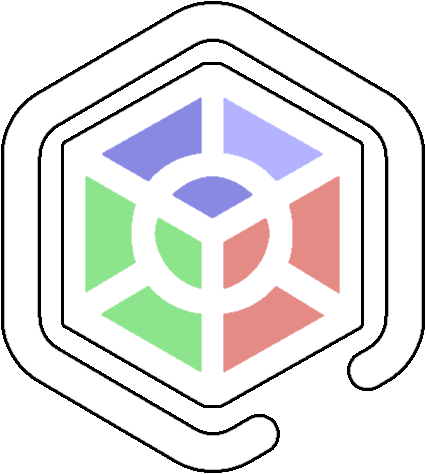 Entity
Entity
A GameObject becomes an entity once the EntityCore and EntityStats MonoBehaviours (Mono) are added to it. EntityCore comes with a built-in EntityLevel (plain C# class) that manages the experience and the level of the entity.
 Stat
Stat
A Stat is a class that derives from ScriptableObject (SO) and represents a statistic in the game. Each statistic has a name (the name given to the SO instance of the created Stat), and we can choose whether to provide it with a maximum and/or minimum value. Additionally, we can define how that statistic grows or is reduced, depending on certain Attributes.
 StatSet
StatSet
A StatSet is a class derived from ScriptableObject that defines a collection of Stats. Stat sets can be composed by combining other sub-stat sets, enabling hierarchical organization and easy reuse of statistics among different entities or classes.
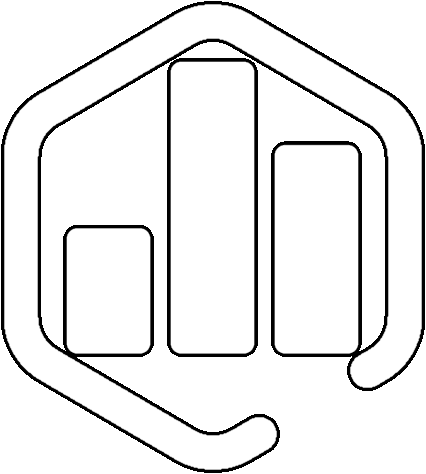 EntityStats
EntityStats
EntityStats allows us to configure:
- the base statistics
- the flat modifiers
- the StatToStat modifiers
- the percentage modifiers We will see what these modifiers are in the section Understanding Stat Modifier Types.
The base statistics can be fixed, or instead derive from a class if the entity has one assigned. If we use the fixed ones, we must also provide a StatSet, while if we use those of a class, the class's StatSet will be used. If the entity levels up and we want its statistics to grow with levels, we are forced to use a class, as the fixed statistics are immutable.
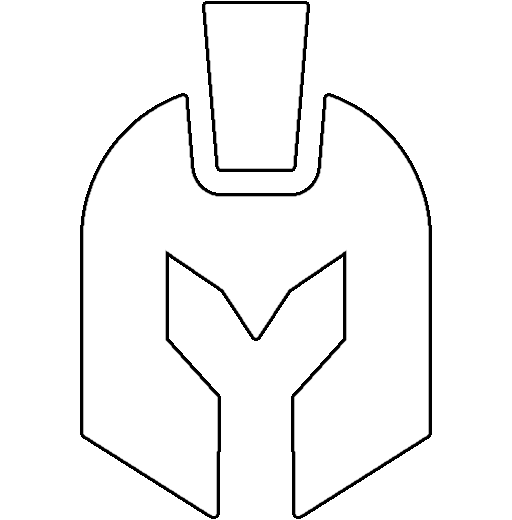 Class
Class
Class derives from SO and represents a game class. Each class has a name, a GrowthFormula that defines how the base Max HP grows with levels, a StatSet, optionally an AttributeSet, and associates each Stat of the provided StatSet with a GrowthFormula that describes how the statistic varies with levels. Similarly, if an AttributeSet is provided, it will be possible to associate a GrowthFormula for each Attribute present in the set, to describe how the attributes vary with levels.
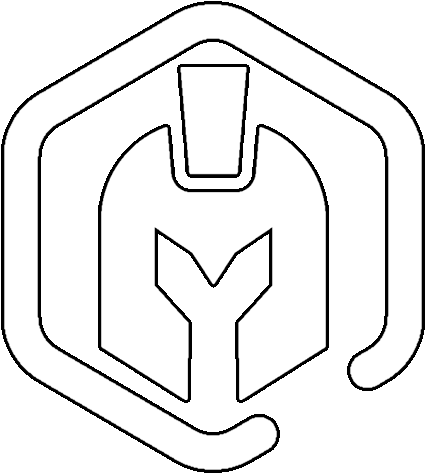 EntityClass
EntityClass
EntityClass derives from Mono and allows us to assign a Class to our entity.
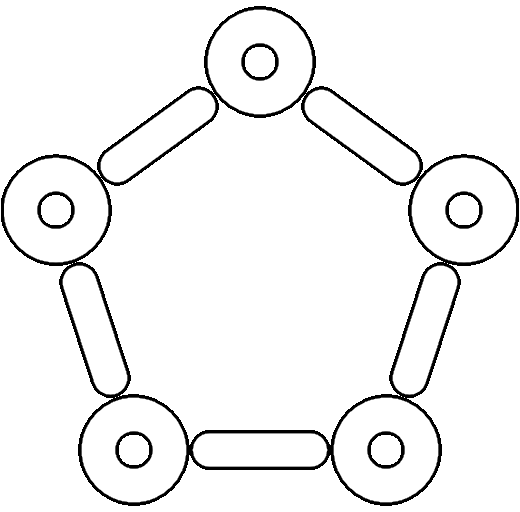 Attribute
Attribute
An Attribute is a class that derives from SO and represents an attribute in the game. Each attribute has a name and, like statistics, can have a maximum and minimum value.
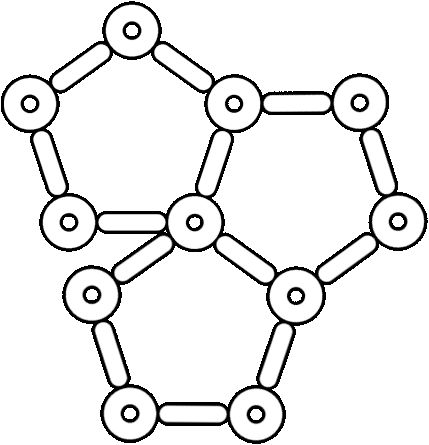 AttributeSet
AttributeSet
An AttributeSet is a class that derives from SO and defines a set of Attributes.
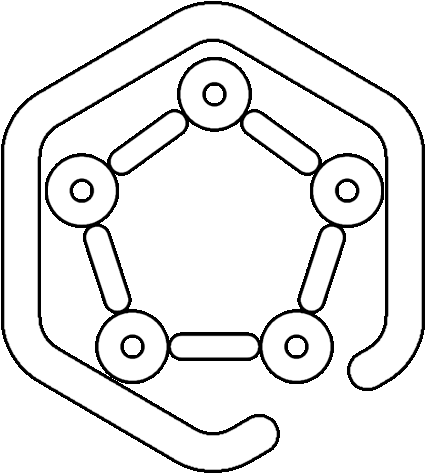 EntityAttributes
EntityAttributes
Optionally, we can add the Mono EntityAttributes to our entity if we want to give it attributes. EntityAttributes allows us to specify how many attribute points to provide at each new level. These points can be spent on various attributes to increase their value. For EntityAttributes we can configure:
- the base attributes
- the flat modifiers
- the percentage modifiers
Similarly to
EntityStats, we can decide whether the base attributes are fixed or if they instead derive from the class associated withEntityClass.
 Growth Formula
Growth Formula
To express how Stats, Attributes, Max HP, and the experience required to level up vary at each level, we can use instances of GrowthFormula. This is a class that derives from SO and allows us to define a mathematical function, or a system of functions, that describe how a value changes as levels increase. We will see in more detail how to define a GrowthFormula in the Growth Formulas section.
 Scaling Formulas
Scaling Formulas
Scaling formulas provide a flexible way to define how values such as damage, healing, or other effects are calculated based on one or more attributes or stats. They allow you to combine base values (which can be constant or level-dependent) with contributions from various stats and attributes, each weighted by customizable scaling components.

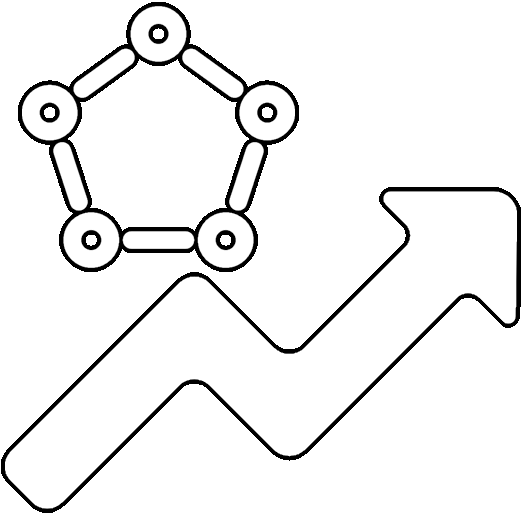 Scaling components
Scaling components
Specify how much a particular stat or attribute influences the final value of the scaling formula, enabling complex and dynamic calculations for abilities, equipment, or other game mechanics. This modular approach lets you easily adjust and extend scaling logic to fit your game's needs.
 Game Events
Game Events
Game events are ScriptableObjects that allow you to implement the Observer pattern in your game. They provide a way to decouple systems by broadcasting notifications when something happens (such as a player jumping, leveling up, or taking damage). Listeners can subscribe to these events and react accordingly, all through inspector-driven workflows. Game events can carry context parameters, making them flexible for a wide range of use cases.
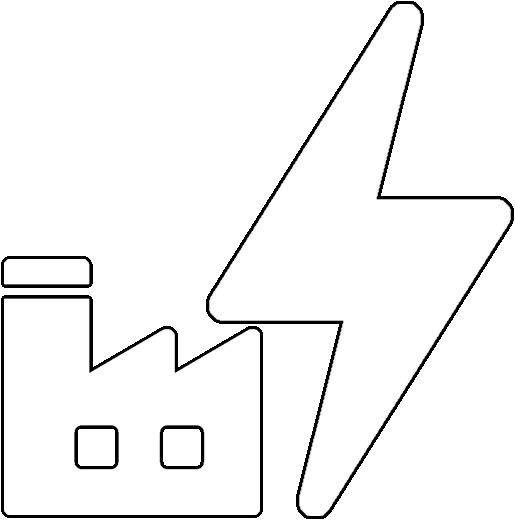 Game Event Generators
Game Event Generators
Game Event Generators are ScriptableObjects that let you define custom game events with up to four context parameters. They automate the creation of event and listener classes, making it easy to extend your event system for complex gameplay scenarios. You can specify parameter types and documentation, and generate code and assets directly from the inspector.
How is Soap RPG Framework implemented?
The package is developed following the principles of SOAP (Scriptable Object Architecture Pattern), and has been inspired by the GDC talk of Ryan Hipple. In a nutshell, the main benefits provided by this architecture are:
- encapsulation: separation of game logic from data. Game logic code shouldn't mix with data. All data is nicely wrapped withing SO instances
- game designers friendly: game designers can make changes and balancements from the inspector without touching the code
- greater reusability: most features are
ScriptableObjects that can be reused by many components - greater testability: being data separated from code, is easier to isolate and fix bugs. Moreover, SO events can be raised with ease at the press of a button from the inspector interface, easing and speeding up debugging even further.
Flexibility of Soap RPG Framework
Although the package is specifically designed for RPG games or games with progression systems, its flexibility allows it to be used in almost any game. As it allows creating attributes like strength, dexterity, agility, etc., and statistics such as physical attack, magic power, physical defense, etc., in RPG, Roguelike, MMO games, etc., nothing prevents it from being used, for example, to implement a firearm. The attributes could be weight, size, ergonomics, etc., and the statistics recoil, handling, stability, intimidation, etc. Attributes can influence statistics. A heavier weapon could reduce handling but increase stability. A larger weapon could reduce handling but increase intimidation. A more ergonomic weapon could reduce recoil and increase handling. And so on... The weapon's levels, if present, influence the attributes and statistics, progressively improving them. Classes could represent weapon types (assault rifles, snipers, shotguns, etc.), and each class could have its own set of dedicated attributes and statistics. For example, shotguns could have, in addition to the aforementioned ones, the barrel length attribute that influences the pellet spread statistic.